
Many studies are finding the existence of microplastics everywhere in the environment and in our bodies. Microplastics occur when plastic items degrade over time. A recent study confirmed that drinking from plastic water bottles is a major source of the microplastics and nanoparticles that we ingest.
Microplastics are 1 µm to 5 mm in size and nanoplastics are even smaller (less than 1 µm). They are usually invisible to the naked eye.
Study researchers did a review of over 141 studies and concluded that the average person ingests 39,000 to 52,000 microplastics each year, and those who drink bottled water ingest about 90,000 more particles than persons only drinking tap water.
Research on long-term health impacts (if any) of ingesting and breathing in microplastics and nanoparticles is just starting, but what has been done is concerning - at a minimum they are causing inflammation in our bodies. Other research suggests numerous health effects (e.g., respiratory issues, reproductive problems, disruption of the immune system).
Bottom line: buy, drink, and store as beverages in glass bottles, and drink tap water. Avoid single-use plastic water bottles.
From Phy.org: Chronic risks from single-use plastic water bottles are dangerously understudied, says study
The sun-drenched paradise of Thailand's Phi Phi islands isn't the usual starting point for a Ph.D. But for Sarah Sajedi, those soft, sandy beaches—or rather, what she found under them—inspired her pivot from a business career to an academic one. ...continue reading "Bottled Water A Major Source of Microplastics and Nanoparticles"

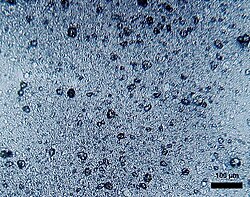


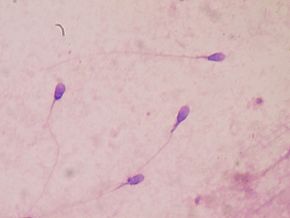
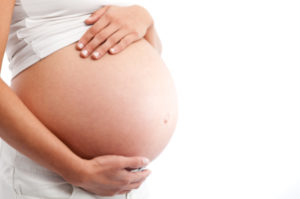 The bad news about microplastics in the environment and in all of us keeps coming. A
The bad news about microplastics in the environment and in all of us keeps coming. A 
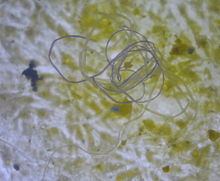

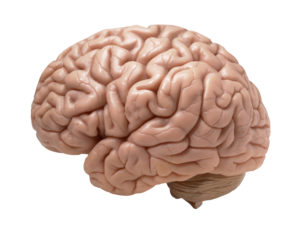 Something to ponder: Are tiny plastic particles (microplastics) that enter the human body traveling to the brain and causing harm? An article by the science writer Erica Cirino examines that question by looking at existing research and comes to the disturbing conclusion of: Yes, they are.
Something to ponder: Are tiny plastic particles (microplastics) that enter the human body traveling to the brain and causing harm? An article by the science writer Erica Cirino examines that question by looking at existing research and comes to the disturbing conclusion of: Yes, they are.